Open House Festival: Top 5 Buildings & Projects to Visit
Open House London is an annual, two-week festival celebrating and showcasing the architecture of London and its urban landscape. This year’s edition is a very special one. With two years of pandemic hitting the capital hard, the festival had to shut down since 2020. In the spirit of resilience - epitomised by London and Londoners - this year’s festival has returned even stronger. With hundreds of buildings across 33 London boroughs, #OpenHouseLondon features public walks, guided tours, films, dining out experiences, drop in sessions, and more. The festival also offers special events for children, so families can enjoy a perfect day out immersed in this amazing city of ours.
To help you navigate the festival, we decided to choose our top 5 picks from Open House London 2022. The festival runs from 8 - 21 September, so be sure to make the most of it.
(Fun fact: The Open House festival uses a key as its emblem, the blade formed in the shape of London's skyline.)
Source: Open House
1. Africa Centre
66 GREAT SUFFOLK ST, SE1 0BL
A 1960s former office block that has been transformed into a vibrant cultural hub showcasing the best of contemporary African culture and heritage. The Africa Centre originally was located on King Street in Covent Garden for more than 50 years, before it moved to Southwark in 2016.
Since 2017, the Africa Centre has been hosting its annual Summer Festival on Great Suffolk Street, attracting up to 8000 people on a summer weekend.
Learn more and book your visit here.
Source: Open City
2. The Experimental Weave Lab
ST OLAVE PARISH HALL, MARK LANE, EC3R 7LQ
The Experimental Weave Lab is the City of London’s first contemporary, innovative weaving session. TEWL is housed in a former church hall right in the heart of the City of London. The Clothworkers' Company has loaned this stunning church hall for TEWL’s 6-month artist residency programme. Adjacent to the hall, you will be able to also see the church’s tower and crypt, dating back to 1300s.
This is your final opportunity to visit the space and see it as it is now, as the space will be knocked down in 2023 to open up space for a skyscraper, winter garden, and public plaza.
Plan your visit to TWEL here.
Source: Open City
3. Van Gogh House London
87 HACKFORD ROAD, STOCKWELL, SW9 0R
Following a major conservation project, the Van Gogh House London presents the history of 87 Hackford Road and the generations of artists who lived and worked in the building. Vincent van Gogh moved to the house in 1873 for a year, whilst working for the art dealership Goupil & Co. In fact, he did a pencil drawing of the house as it was in 1873-4.
The house offers guided tours, exhibitions and events. Find out more about them here.
Source: Wikimedia
4. New West End Synagogue
ST PETERSBURGH PLACE, W2 4JT
Built by the celebrated architect George Ashdown Audsley in 1877, the synagogue is a masterpiece of Victorian architecture. It includes artwork by NHJ Westlake, one of the foremost authorities in England on stained glass windows and mosaics. Later on, the lighting was designed by George Aitchison who was a renowned designer and architect of the era.
Learn more and plan your visit here.
Source: Open City
5. 33
EAST PARKSIDE, SE10 0FR
Visit the Greenwich Peninsula to see this engaging public artwork. Created by Studio Weave, in collaboration with HATO and illustrator Jay Cover, ‘33’ is an abstract recreation of a traditional London townhouse, using a mix of historical architectural styles.
Learn more about ‘33’ here.
Source: Open City
Need help telling your story?
As a specialist built environment creative agency, Concept Culture intimately understands the sector - how it operates, its challenges and opportunities.
We help our clients tell their story, increase their visibility, and actively engage with their audience online with an intelligent, creative and engaging outlook and collaborative approach.






